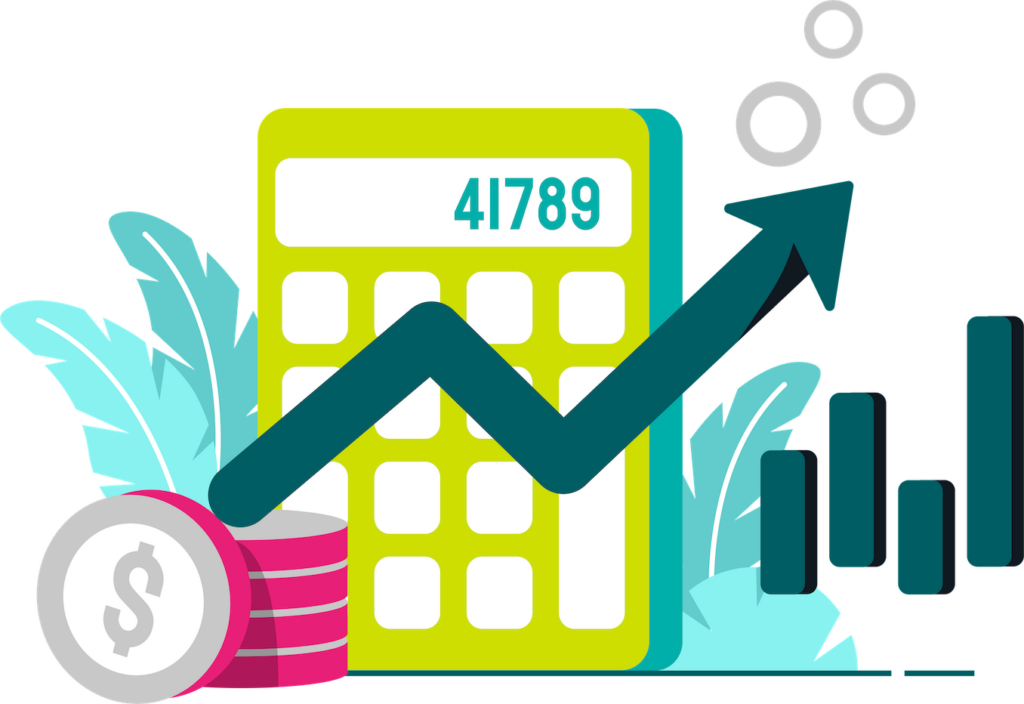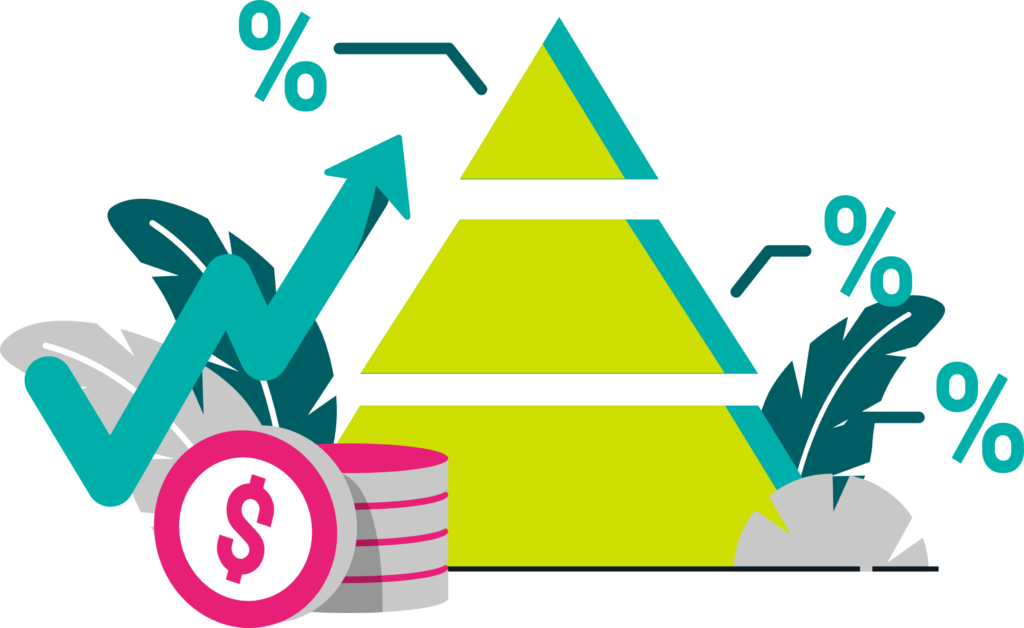Management KPIs – TOP 15 KPIs for 2023

Management KPIs and Metrics - TOP 20 [Updated for 2023]
Why is it important to pick the right KPIs for Managing a company?
While there can be multiple KPIs that are important for management, not all KPIs are equal. There are some metrics and KPIs that are vanity metrics and bring little to no value in terms of making sound decisions for the company. KPIs should not only measure the performance of the company but also help the management better understand their business and their market environment. Most commonly, managers can use KPIs to track their teams’ productivity, or higher management could use KPIs to review the job performance of managers and ensure goal fulfillment. Furthermore, some KPIs can be used to compare sales, monthly revenue generation, and customer acquisition rates, in order to make informed and data-driven business decisions and adjust their business strategy. KPIs are also essential to setting company goals and making progress toward their fulfillment.
So, what are the TOP KPIs every manager should be looking at every day? We have compiled a fresh new list for 2023 bellow.
Average revenue per user
How much your users spend on a subscription?
The Average Revenue Per User (ARPU) quantifies the amount of revenue generated on average from each customer. Typically, companies calculate ARPU on a monthly basis. Simply put, the metric tells you how much the average customer spends on each subscription. As ARPU is an indicator of the profitability of a product based on the amount of money that is generated from each of its users or subscribers, it is especially valuable for

Average Revenue per Paying User (ARPPU)
What is your average revenue per paying customer?
Month over Month growth (MoM)
What is your company’s monthly pace?
Month-over-Month (MoM) is the lowest unit of measurement used to objectively reflect the pace of growth in a firm. The basic MoM formula is applicable to anything from users to customers to revenue. Having a hold on our growth statistics is a task that should be implemented across all departments in your company, not simply the product and finance teams.

Year over Year growth (YoY)
A Marketing Qualified Lead (MQL) is a lead who has indicated interest in what your business has to offer based on marketing efforts or is otherwise more likely to become a customer than other leads. Example: Downloading trial software or free e-book
This metric is usually calculated alongside the average customer lifetime value (CLV), return on investment, or cost per action. These three combined will let you know how well you’re doing with your marketing budget. This can also help you with various business decision-making.
Full list of TOP 15 KPI Metrics [Updated for 2023]
- Revenue growth – This management KPI measures the increase in the startup’s revenue over a specific period of time and is a key metric in the company’s financial performance. Tracking revenue growth allows managers to understand the effectiveness of their strategies and make informed decisions about the direction of the company.
- Customer acquisition cost – This metric calculates the cost of acquiring a new customer, including marketing and sales expenses. This KPI is important for management to understand in order to optimize the cost-effectiveness of their customer acquisition efforts.
- Customer retention rate – This management KPI reflects the percentage of customers who continue to do business with the startup over time, and is a crucial metric for measuring customer satisfaction and loyalty. A high retention rate can indicate the success of the company’s customer service and support efforts.
- Employee retention rate – This metric tracks the percentage of employees who remain with the startup and is an important KPI for management to monitor in order to maintain a stable and experienced workforce.
- Net promoter score – This management KPI measures customer satisfaction and loyalty by asking customers to rate their likelihood of recommending the startup’s products or services to others. This metric can help management identify areas for improvement in the customer experience.
- Average order value – This metric calculates the average amount spent by customers on each order and is a key driver of revenue growth. Management can use this KPI to understand the value of the company’s customer base and make informed pricing decisions.
- Conversion rate – This KPI reflects the percentage of website visitors or leads who take the desired action, such as making a purchase or signing up for a newsletter. Management can use this metric to assess the effectiveness of the company’s marketing and sales efforts.
- Sales cycle length – This metric measures the time it takes for the startup to close a sale, and is an important factor in the company’s sales efficiency. Management can use this KPI to identify bottlenecks in the sales process and optimize the length of the sales cycle.
- Cost per lead – This management KPI calculates the expenses associated with generating a new lead, including marketing and sales costs. This metric can help management understand the cost-effectiveness of their lead generation efforts.
- Cost per customer acquisition – This metric measures the total cost of acquiring a new customer, including marketing and sales expenses. Management can use this KPI to assess the efficiency of their customer acquisition efforts and optimize their budget.
- Gross margin – This KPI reflects the percentage of each sale that is profit, after accounting for the cost of goods sold. This metric is important for management to understand in order to optimize the profitability of the company’s products or services.
- Operating margin – This metric measures the percentage of each sale that is profit, after accounting for all expenses, including marketing, sales, and administrative costs. This KPI is an important indicator of the company’s overall financial performance and can help management identify areas for cost optimization.
- Return on investment – This management KPI calculates the profitability of the startup’s investments and is an important metric for evaluating the success of the company’s financial strategies.
- Social media engagement – this KPI reflects the level of interaction between the startup and its customers on social media platforms, and is an important factor in the company’s online presence and reputation.
- Website traffic – this metric measures the number of visitors to the startup’s website, and is an important indicator of the company’s online presence and marketing effectiveness.
